Coffee is made from ground beans, but they are roasted before grinding, otherwise, the drink will not work. This is both a complex and simple process, as you need to know the theory and monitor the temperature. There is a misconception that the bitterness of coffee is attributed exclusively to caffeine. In fact, caffeine is “responsible” for only 10-15% of the bitterness, the rest depends on the degree of roasting of the beans. You can even roast coffee at home, but the barista must follow certain techniques so as not to spoil the taste of the product and preserve its beneficial properties.
History
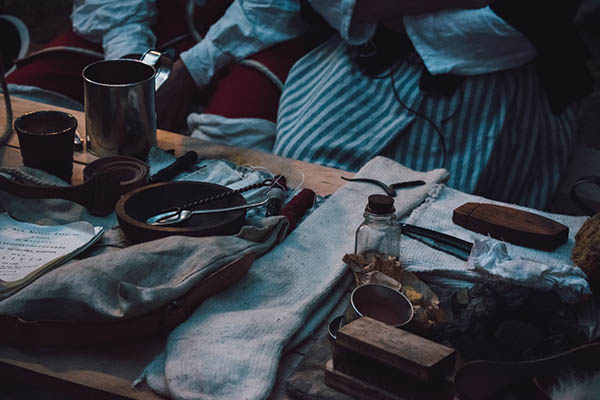

The first evidence of coffee roasting has come down to us from the Ottoman Empire and dates back to the 15th century when thin rounded sheets of metal or porcelain were used as dishes. They were equipped with a long handle so that it was convenient to hold the “frying pan” over the brazier with coals, periodically shaking and stirring the grains.
Around 1650, a cylindrical roaster was invented in Cairo to roast large portions of coffee. Soon the innovation was adopted in France, Holland, Italy, and other European countries.
In the 19th century, many commercial roasters were patented for mass roasting of coffee. At the same time, lovers of this invigorating drink continued to roast the beans by hand on baking sheets and stoves. For such enthusiasts, a home spherical roster appeared in Ohio in 1849. However, by the 1900s, it became much more profitable to buy pre-roasted coffee: thanks to developing technologies, it cost only a little more than raw coffee.
In 1903 and 1906, electric roasters were patented in the USA and Germany, respectively, the problem of smoke, which affects the taste of the product, was solved. In 1976, they learned how to roast grains with hot air, without risking burning them into coals. Nowadays, there are many devices for roasting coffee, ranging from banal metal nets, which must be placed over an open fire, and ending with high-tech “smart” devices.
The boom of coffee shops in the 1970s made home roasting of coffee beans almost meaningless, turning it into a lot of fine connoisseurs – commercial roasters installed in coffee shops allow you to quickly and efficiently roast beans to any degree, you can program the roasting style in them, while the barista does not should be vigilant at the stove and stir the coffee so that the beans do not burn.
Roasting technology for coffee beans
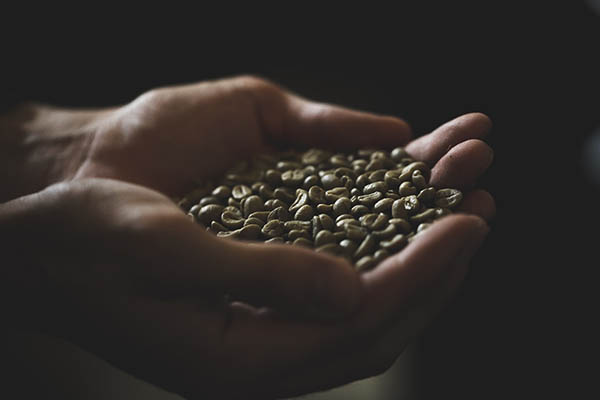

Raw coffee beans are green in color. In principle, you can eat them this way – for example, add to a salad or insist on strong alcohol, but coffee as a drink will not work out of them.
The industrial roasting process is divided into the following stages: sorting, roasting, cooling, packing. As experts from coffiery say when roasting, coffee beans change color first to yellowish, then to brown, double in size (but lose weight due to evaporated water), acquire a characteristic aroma. If everything is done correctly, tannins will decompose in the grains, the fruits will no longer be so tart and astringent, the B vitamins will remain in them, caffeoyl is formed (it is this substance that is responsible for the taste and aroma characteristics of coffee), and essential oils will be released.
In an industrial setting, ready-made roasted coffee is cooled with air, less often with water. Cooling is necessary because if you leave the grains to cool naturally, they will continue to roast “from the inside” due to the already set temperature.
At about 196 ° C the beans begin to crackle, this sound (“first pop”) marks the beginning of the light roast phase. At 224 ° C, a “second cotton” occurs, which means that the previously expanded grains began to dry out, on the contrary.
In some countries, a touch of local flavor is added to the classic process. For example, in Vietnam, raw coffee beans are oiled and dusted with sugar so that they caramelize by the end of the roast.
After the First Cotton, the grains acquire a roasted flavor. After the Second Cotton, essential oils begin to stand out.
Types of coffee roasting
It is important to remember that in addition to roasting, other factors affect the final taste and aroma of coffee: the variety and age of the beans, the region of their cultivation, the storage method, etc.
During the roasting process, the chlorogenic acid contained in coffee decomposes into cinchona and coffee, and bitter chlorogenic acid lactones are formed along the way. When deeply roasted, lactones decompose, resulting in the quintessence of bitterness – phenylindanes. Therefore, the harder the coffee is roasted, the more intense the bitterness.
Viennese coffee roasting – with this, the beans also turn a bright brown with a surface covered with an oil film. During the roasting process, smoke emanates from the coffee beans, and they “shoot”. The finished drink has a slight acidity and a slightly sweet taste. Remnants of the fragrance are still perceptible, but the bitter notes are already present. Quite often, beans that have undergone a Viennese roast are used to make espresso coffee.
French roasting coffee is perhaps the most common and demanded method of making coffee. French roast coffee gives the beans a peculiar shine, and the drink becomes a rich brown color. Frying is carried out at the end of the “second krak” – click. Freshly brewed coffee has the rich taste of well-processed beans and has a thick consistency.
Italian coffee roasting – assumes the highest degree of temperature impact on the beans, as a result of which, the beans become almost black in color. In the process of strong roasting of coffee, the most valuable oil compositions and the unique aroma of the drink are lost. That, however, does not detract from its merits when preparing various coffee drinks.
American coffee roasting – if we’re talking about the types of coffee roasting, then this is the fastest way. The heat treatment of coffee beans is considered complete after the “first crack” – (a soft click, which is typical after the gases have evaporated). In the process of roasting, the grain becomes visually larger and acquires a deep brown color, the stage of sugar decomposition turns into crystallization, characterized by a rather strong acidity.
Coffee Roast Degrees
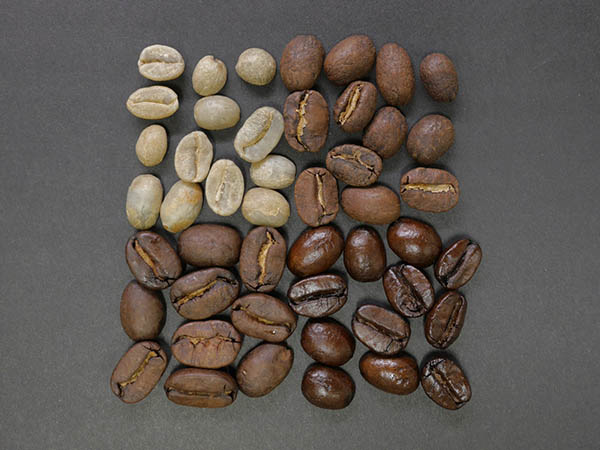

Weak (~ up to 205 ° C). Dry grains of light brown color with a sour taste without roasted notes, the individual characteristics of the variety are perfectly felt. The caffeine content is 1.37%.
Medium (~ up to 219 ° C). Dark brown grains, dry, sweet, and sour taste, rich aroma. The drink turns out to be full-bodied, the acidity is muted. The caffeine content is 1.31%.
Strong (~ up to 230 ° C). Dark brown grains, with an oily film, almost without acidity, with a bittersweet taste, rich roasted aroma. The individual characteristics of the variety are almost not preserved. The caffeine content is 1.31%.
Maximum (highest) (~ up to 245 ° C). Black-brown color of grains, bitter taste, with “smoke”.
Choosing the good coffee right
Choosing the right coffee – it can take time and must have the idea of labeling on packages, the appearance of coffee beans, and other points. Going to various Internet portals or stores with a large assortment of coffee, it is easy to get confused in the labels on the packages, the decoding of which is not known to everyone. You can use the help of a specialist or independently get acquainted with the information on the preparation of coffee raw materials – these are varieties, roasting, coffee grinding.
Before getting a cup to us, coffee goes through a preparatory stage. Front
grinding, the coffee beans must be properly roasted. Due to different methods of heat treatment, a tandem of various flavors and aromas has become available to us, and it is they that affect the taste of the coffee. Next, the selection of a suitable coffee for your taste is made.
Roasting coffee at home
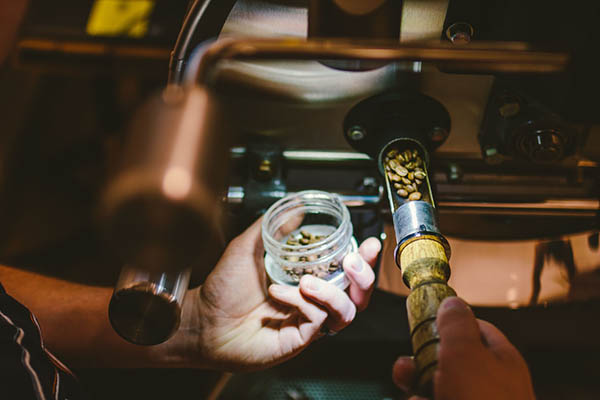

At home, coffee can be roasted in a griddle/grill, oven, popcorn machine, and a special roaster. The first two methods are the cheapest and easiest, the last are the most effective. In theory, even a microwave will do. In practice – this method has not proved to be the best, since the grains are roasted poorly and unevenly.
- Frying pan or grill. Pros: fast, convenient, cheap. Cons: Difficult to maintain accurate temperature if the roasting is over an open fire – smoke affects the flavor of the beans.
- Oven. Pros: cheap. Cons: Slow, difficult to achieve even roasting of coffee beans.
- Popcorn machine. Pros: simple, the beans are mixed automatically, it is easy to achieve uniform roasting. Cons: not intended for roasting coffee (in the event of a breakdown, the warranty will not work), high price.
- Roaster. Pros: Designed for roasting coffee, easy to use. Cons: Expensive.
After the first cotton, beans are obtained for a weak light coffee. After the second – grains of medium roast. If a deep roast is required, wait 30 seconds after the second cotton.
Immediately after roasting, you need to cool the beans – this can be done by pouring the coffee into a colander and directing a stream of cold air onto it.
If too much gas accumulates in the coffee, the lid of the container can “knock out”, and the gas will negatively affect the taste of the drink. To fully “mature”, to gain taste, body, and aroma, grains need about 24 hours. On the other hand, forgetting about fried grains for longer than a week is also not worth it – the taste will become musty, stale.


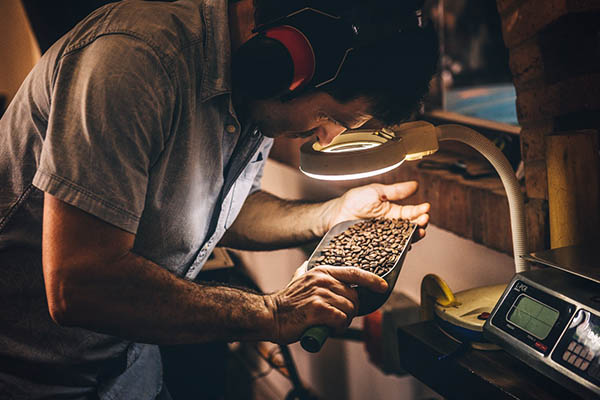
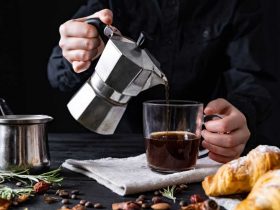
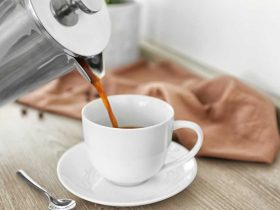

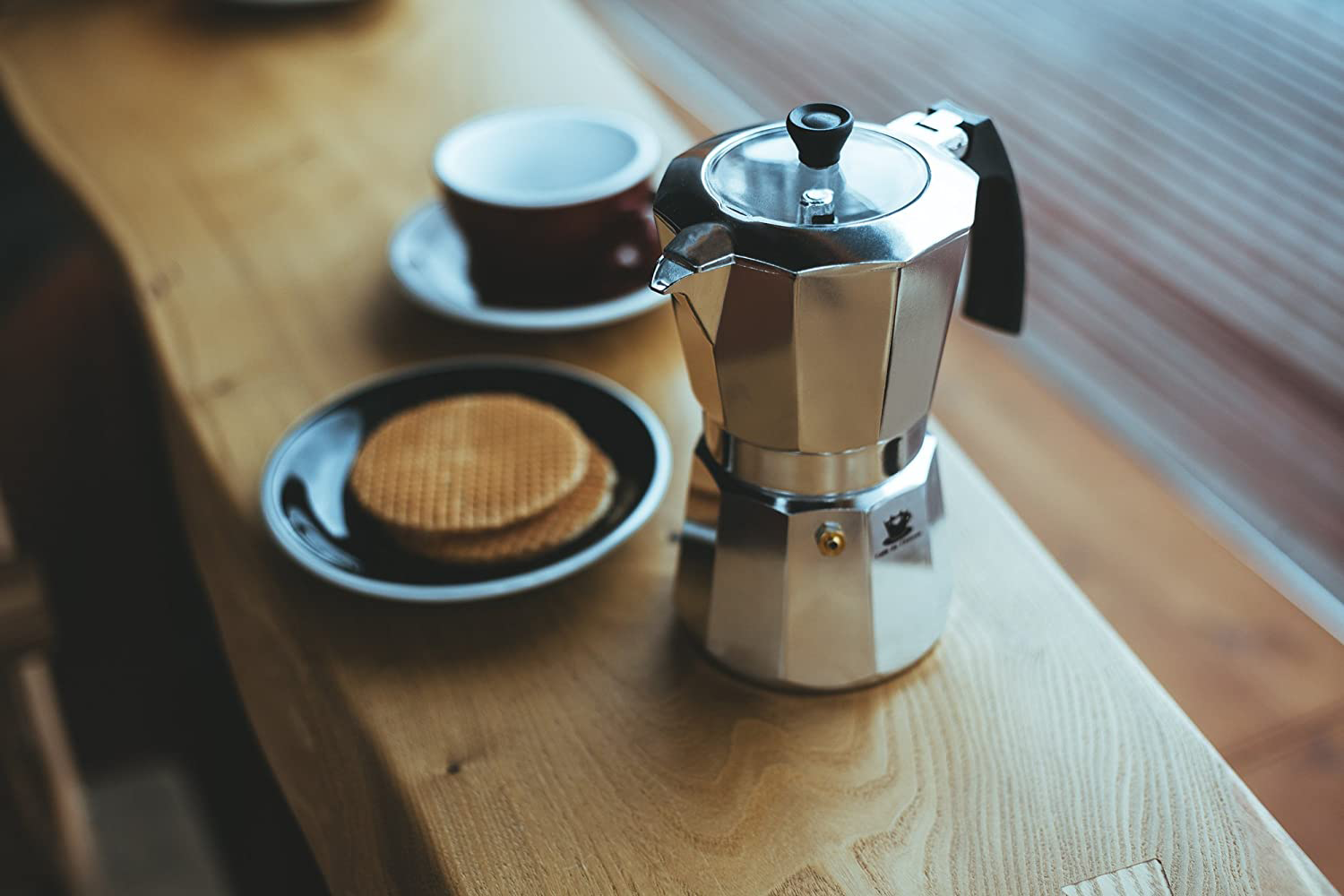
Leave a Reply